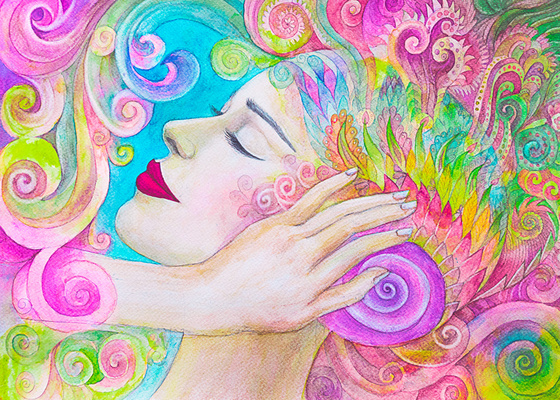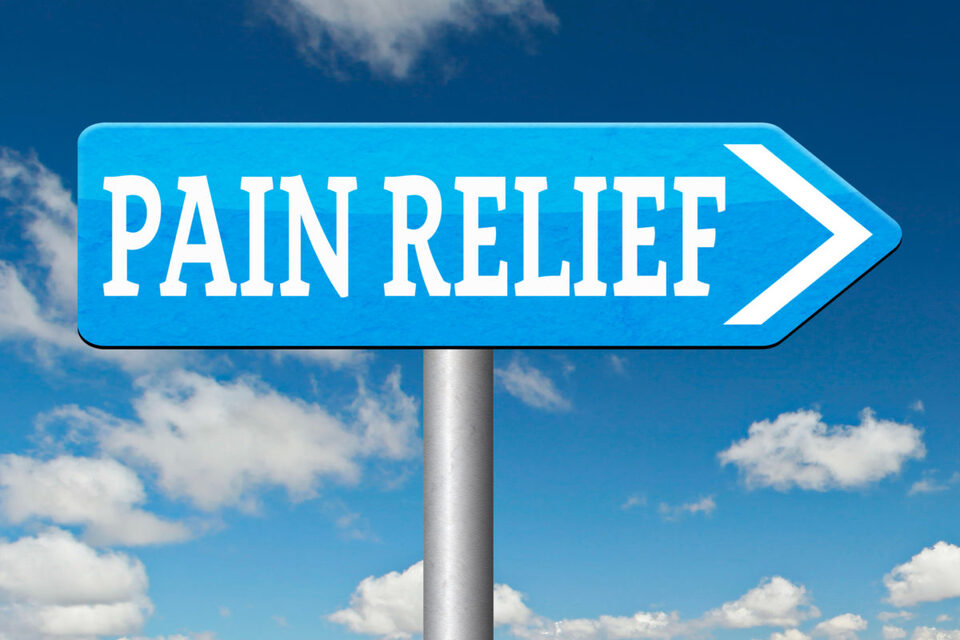
Fibromyalgia, a complex chronic condition that causes widespread musculoskeletal pain, has baffled sufferers and their medical practitioners for decades. The direct cause of fibromyalgia is unknown since many individuals begin developing symptoms randomly, while others seem to develop the condition following a traumatic event like invasive surgery, physical injury, or a psychologically distressing experience.
While physical trauma was once thought to be the main cause of fibromyalgia, research now indicates that the cause could be psychological. A large portion of patients with fibromyalgia have also experienced childhood trauma, suggesting that early psychological trauma could increase the likelihood of developing fibromyalgia later in life. This could mean that future treatments will focus first on mental wellness, overcoming trauma, and developing new patterns of thinking.
In the world of mental health, psychedelics have recently become a hot-button topic, both due to exciting results from preliminary clinical trials, and controversy among mainstream clinicians, pharmaceutical companies, and anti “drug” lobbyists and politicians. Despite divided sentiment regarding psychedelics, initial results have been promising for the treatment of a variety of mental health conditions like PTSD and treatment-resistant depression.
Here, we’re going to cover just the tip of the psychedelic-therapy-iceberg and share an exciting new psychedelic therapy option being developed specifically for the treatment of fibromyalgia.
What Are Psychedelics & How Do They Work?
The term ‘psychedelics’ is used to describe a variety of substances that alter perception, mood, and consciousness. Psychedelics are agonists and partial agonists, which bind to and activate serotonin receptors in the brain, particularly the serotonin 5-HT2A receptor. The serotonin 5-HT2A receptor is also targeted by pharmaceutical antidepressants, and abnormalities in the receptor are common in people who experience addiction, depression, schizophrenia, and other mental health conditions. The abnormal function of this neurotransmitter is also more common in individuals with fibromyalgia than in the general population.
When the 5-HT2A receptors are activated by agonists they produce a hallucinogenic effect, which may be perceived as visual, auditory, or cognitive changes. But taking psychedelics isn’t just about producing hallucination. Psychedelics can also enhance cognition, promoting neural plasticity and literally giving your brain the ability to make structural changes and create new neural connections.
For fibromyalgia and other pain patients, the reorganization of pain pathways in the brain changes both the individual’s mental perception of the pain and their physical experience of the sensation.
What Psychedelics Are Most Common for Therapeutic Use?
If you were to seek out psychedelics for fibromyalgia or chronic pain, what psychedelic substances would you most likely come across? Most commonly, psychedelic therapy utilizes one of these psychedelic ingredients:
- Psilocybin (derived from psychedelic mushrooms)
- Lysergic acid diethylamide (LSD, synthetic)
- N,N-Dimethyltryptamine (DMT, sometimes derived from ayahuasca/tropical tree barks)
- Mescaline (derived from psychedelic cacti)
- 3,4-Methylenedioxymethamphetamine (MDMA, synthetic)
Brief History of Cultural Psychedelic Use
The history of psychedelic use predates recorded history, but Indigenous cultures around the world are known to have utilized psychedelic plants and fungi for millennia. In many cases, psychedelics were used as part of cultural, spiritual, and healing ceremonies both as a method of cleansing and as a means of connecting more deeply with the Universe.
Despite thousands of years of use by Indigenous peoples, psychedelics didn’t enter the popular consciousness until the 1950s and 60s, fueled by the anti-war counterculture, music, entertainment, and the hippie movement. Before this, tentative research into the potential therapeutic benefits of psychedelics was in the beginning stages, but it wouldn’t last long. More prevalent was governmental research which focused on developing “truth serums” which could be used to gather intelligence.
Although the U.S. government was by far the largest factor in spreading psychedelics to the public, psychedelics were criminalized in the late 1960s and classified as “Schedule 1” substances along with marijuana and heroin. Today, most psychedelics remain federally illegal, and difficult to find outside of a government-approved lab.
However, there are some U.S. states making moves to legalize medical psychedelic use, and our neighbor to the North, Canada, has made medical psilocybin legal, with full legalization potentially on the horizon.
What Conditions Can Be Treated with Psychedelic Therapy?
For some, psychedelic therapy can be life-changing; a ray of hope after years of failed treatment from traditional pharmaceuticals. Psychedelic therapy can also help individuals experiencing something traumatic, like cancer treatment or terminal diagnoses. Psychedelic therapy can also be used to treat less concrete conditions like low self-worth, panic disorders, etc.
Here is an incomplete list of the variety of conditions that can be treated with psychedelics:
- Fibromyalgia & Chronic Pain
- PTSD/C-PTSD
- Depression/Treatment-Resistant Depression
- Anxiety/Panic Disorders
- Substance Abuse Disorders
Benefits of Using Psychedelics
If you have never experienced a psychedelic substance, it can be difficult to know what to expect. Pop culture has created a certain perception of psychedelics and their effects, but in most cases, these examples aren’t particularly realistic. While high doses of psychedelics can trigger strong hallucinations and “ego death,” most therapeutic doses are carefully measured to produce mild to moderate effects.
Some of the commonly reported benefits of psychedelic therapy include:
- Physical relaxation & tension relief
- Feelings of well-being and peace
- Feelings of connectedness to people, animals, Earth, and the Universe
- Improved self-awareness and introspection
- Improved social awareness and empathy
Legal Status of Psychedelics
As of 2022, all psychedelic substances (including those listed above) are classified as Schedule 1 Substances under the Controlled Substances Act, meaning that they are federally illegal. Recently, several regions have decriminalized psychedelics including Denver, CO, Oakland, and Santa Cruz, CA, Ann Arbor, MI, Washington, DC, Sommerville, and Cambridge, MA, and the State of Oregon.
Oregon has also become the first state to legalize psychedelics for medical use, making it one of the few places patients can access psychedelic therapy in the country.
Despite the federal ban, many holistic practitioners offer guided psychedelic therapy sessions, and clinical trials have regularly been performed to study the effects of psychedelics. In 2019, the FDA even approved the world’s first pharmaceutical psychedelic treatment called Spravato/Esketamine, a nasal spray used for treatment-resistant depression.
Do not try this at home!
In the 1960s and 1970s when recreational use was common, many users experienced “bad trips”. Psychedelics for therapeutic use should only be tried in a carefully controlled, medically supervised environment. Here is a list of clinical trials recently recruiting patients. This study of psilocybin specifically for fibromyalgia patients is due to start soon at the University of Alabama at Birmingham.
Find Alternative Pain Relief Providers
Search Recommended Pain Relief Products
Sonja Henrikssen is a content writer who specializes in culture, cannabis, plant medicines, wellness and marketing. She is a graduate of Loyola University Chicago and continues to reside in the Chicago area.
Related Articles:











Comments